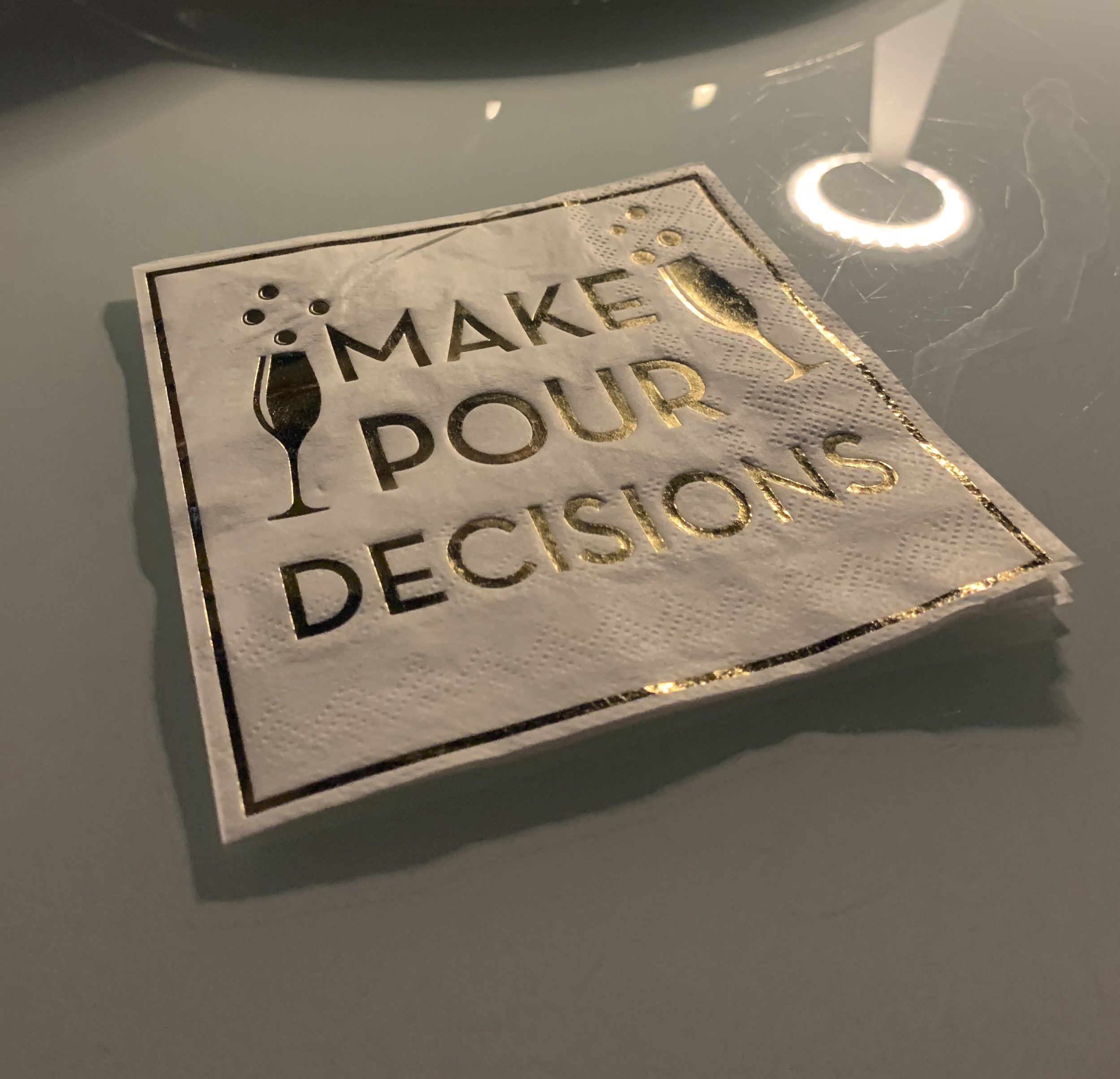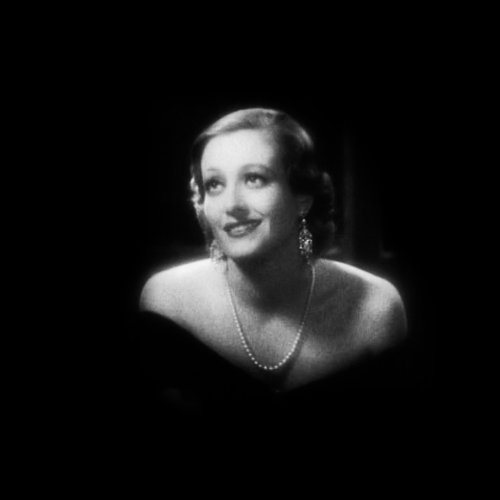Please, dear Etiquetteer:
Address not wishing every woman a Happy Mother’s Day. Not all of us are mothers, not everyone ever wanted to be one, and some who desperately wanted to become one were not able to do so.
And not everyone even had a good relationship with their own mothers either. You and I had dear beloved good moms, but we are the lucky ones.
Dear Concerned:
People are much more sympathetic than they used to be about Tenaciously Positive Holidays like Mother’s Day for exactly the reasons you describe. Not everyone has happy associations with the day, but they feel pressured to exhibit a Tenaciously Positive Attitude. It is healthy to acknowledge this. You are allowed to feel how you feel.
And you’re not alone. The backlash* against Mother’s Day has been going on for some time. Starting, in fact, with the woman responsible for Mother’s Day As We Know It, Anna Jarvis. According to Encyclopedia Britannica, who ought to know, “in protest against its commercialization, Jarvis spent the last years of her life trying to abolish the holiday she had brought into being.” Consider that she died over 75 years ago, and that Mother’s Day endures, replete with greeting cards, bouquets and corsages (red or pink if your mother is living, white if your mother has died), restaurant meals, homemade gifts and the myth of serving Mother breakfast in bed.
Etiquetteer is happy to report that some commercialization is being tempered as businesses change their ways. Etiquetteer was touched to get a Perfectly Proper email from a local florist with the invitation to Opt Out of Mother’s Day promotions. Wasn’t that thoughtful?
With awareness that Mother’s Day isn’t for everyone, there is also greater awareness that we are responsible for our own triggers. We cannot change the behavior of others (particularly total strangers), but we can make conscious decisions about how to react to behavior that makes us feel uncomfortable, no matter how kindly intended.
Etiquetteer does think it’s a good idea not to toss out indiscriminate “Happy Mother’s Day!” greetings to women unless they’re seen actively celebrating with their descendants.** If that greeting is unwelcome to you and you get it anyway, turn the focus back with “I hope you have a happy day!” and then either change the subject or move along.
If this holiday is particularly difficult for you, Etiquetteer recommends actively planning in advance to avoid it. Annie Wright over at The Mighty offers 13 very helpful suggestions for how to handle Mother’s Day, particularly in where and with whom you spend the day. Positive action can mitigate negative feeling.
Etiquetteer wishes you a Mother’s Day experience of your choice in sympathetic company.
*Since Mother’s Day was firmly established by the start of World War I, it might be argued that Sidney Howard’s 1926 Broadway hit The Silver Cord was part of the backlash. The play concerns a domineering mother attempting to thwart the marriages of her two sons to bind them more closely to her. This may have been the greatest role of Laura Hope Crews, but she will always be remembered first as Aunt Pittypat in Gone With the Wind.
**But Etiquetteer has not heard that this is a thing, though. It will be very interesting to learn about reader experiences.



























